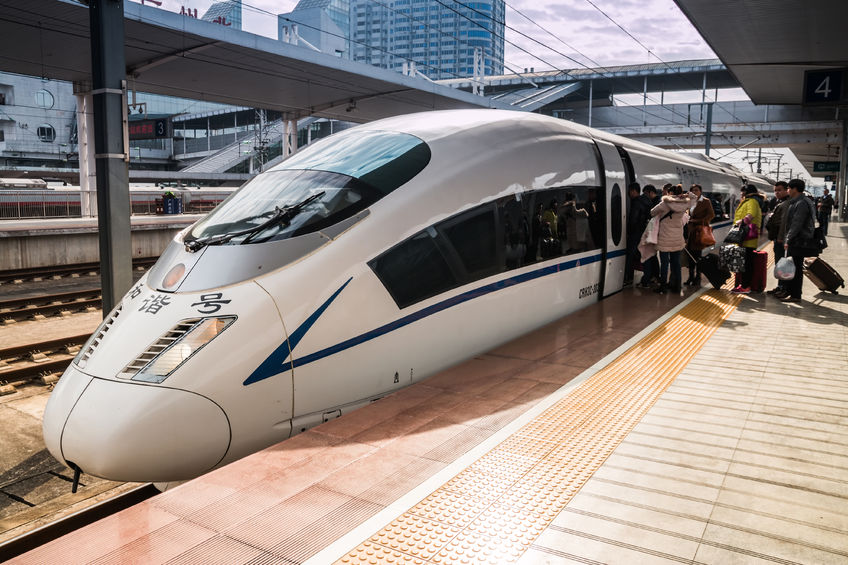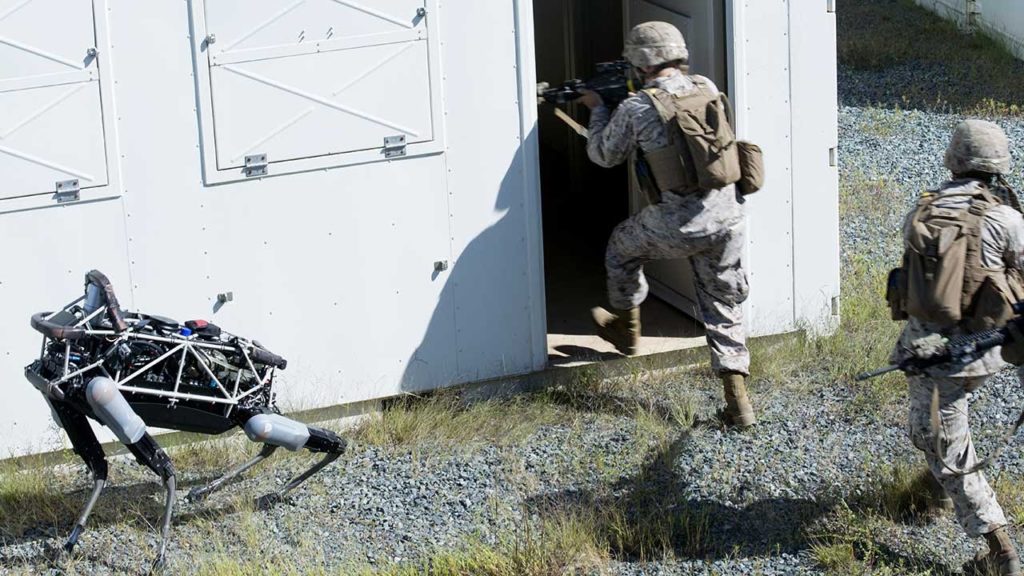Bullet-trains are nothing but high-speed trains. Japanese were the first to invent high-speed trains in 1964 which were later known as bullet-trains owing to the shape of their nose-cone resembling a bullet. Most high-speed trains run on electricity. Currently most high-speed trains are EMU train-sets. The pantograph of a train collects the electricity which is then used to power the induction motors which in-turn runs the wheels. Bullet train idea has turned into a promising answer for the advanced world as it offers a few advantages; fast, agreeable, high vitality productivity, security, and low operational cost.
The moniker “Bullet Train” is ordinarily used to allude the Shinkansen trains and also other rapid trains which resemble Japanese Shinkansen trains. Maglevs are additionally ordered under Shinkansen trains. Thusly, maglevs are likewise a form of Bullet trains. All bullet trains are equipped with high-power engines which helps a train to accelerate within minimum time and it also has a sophisticated aero-dynamic designs that make the bullet train go smoothly without creating much air turbulence while making the air flow smooth on its surface. Shinkansen-like Bullet trains are currently being utilized as a part of Eastern Asia (Japan, South Korea, Taiwan, and China) and Europe (Britain, Spain, France, Germany, and so on.) They offer an agreeable and quick adventure to travelers.
Modern bullet train can achieve as much as 400-500 km/h of speed which are further categorized as maglev trains. Maglev trains are also type of Bullet train but there are certain significant differences between these two type of trains in terms of power train, operation, track and other technologies.
Advance bullet trains
The most advanced bullet trains are maglev trains which evolved from Bullet trains to achieve safest, fastest and most cost effective was of public transport. Even the technology is totally different from conventional bullet trains. Maglev trains are magnetically levitated trains glide above a track, propelled by superconducting electromagnets. The principle is more than a century old, but initially the huge electric currents needed to provide a sufficiently strong magnetic field were impractical.
Maglev trains need a guiding track and the carriages float just above it. Changing the magnetic field produced by electromagnets in the guide way pulls the train along. The only friction is due to air resistance, so extremely high speed is possible. Changes in field strength can produce very high accelerations, and much move variable track gradients can be accommodate than with normal trains, so cutting and embankments would not be needed. There are various disadvantages to maglevs. The guide ways are extremely expensive, and the trains cannot be diverted from the maglev track to normal railways to take in existing inner city termini. Currently the fastest maglev train in use for public transport is Franc’s TGV V150 run at speed of 200mph and capable to achieve top speed of 357.2mph. But when it comes to fastest maglev train, it is Japan’s JR Central’s L0 superconducting Maglev which achieved an uncommon speed of 375mph or 603km/p.
Developing bullet trains would require an array of rolling stock design aspects to be addressed, such as, aerodynamic design of rolling stock, vehicle dynamics, and vibration and noise control, advanced control of electric loco drives, static and dynamic analysis of railway bridges, etc. If you want to differentiate between the conventional bullet train and most advanced maglev train, you need to consider the following parameters. Most of the bullet trains are having wheel while the maglev trains levitate on the guide ways. Bullet trains are equipped with top-notch engines and slip-ring induction motors. Compared to maglev trains, bullet trains like Shinkansen makes much more noise and vibration due to friction with rail tracks but they have lower operating cost. When it comes to speed maglev trains are fastest. Currently bullet trains are the most conventional way of transport and become quite popular in Europe and Asian counties like Japan and China. But the way Germany and Japan making the technological progress maglev trains will become even faster and conventional.





